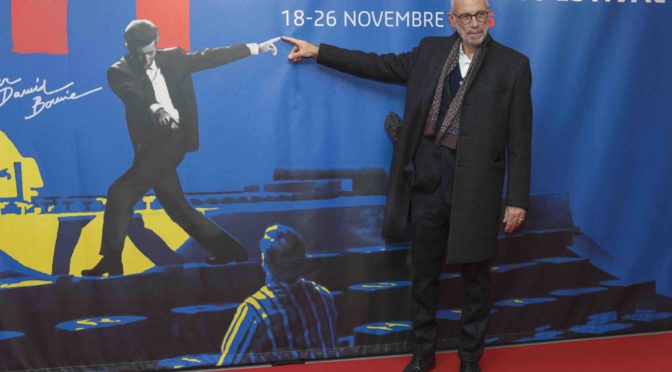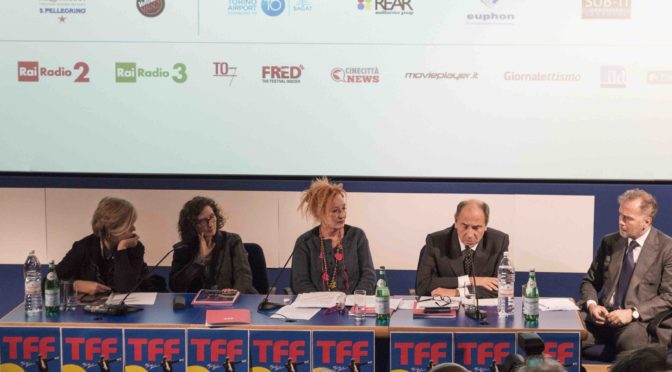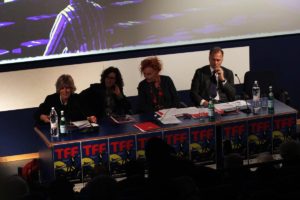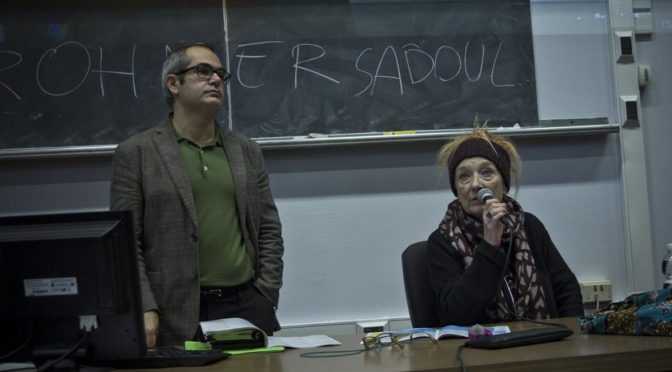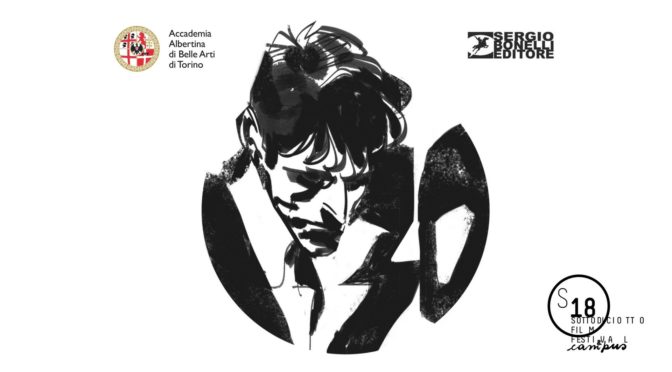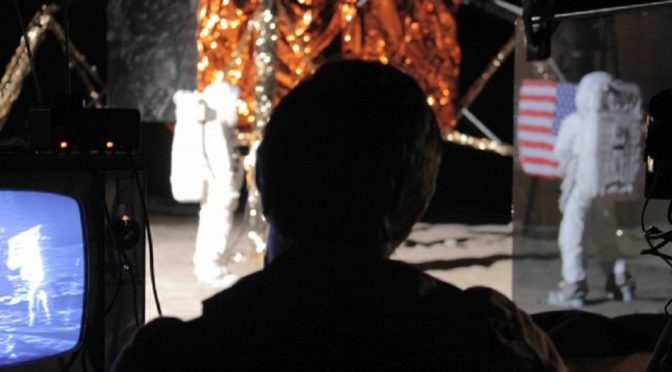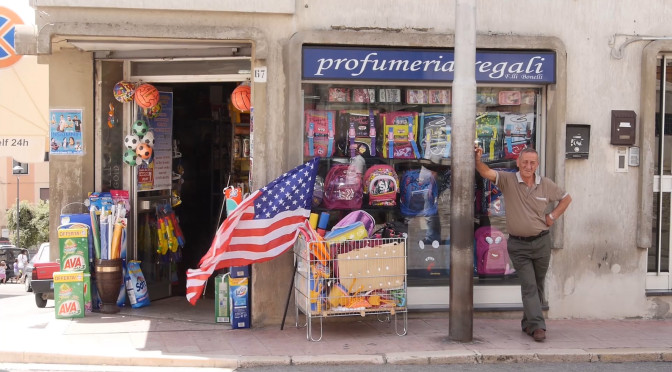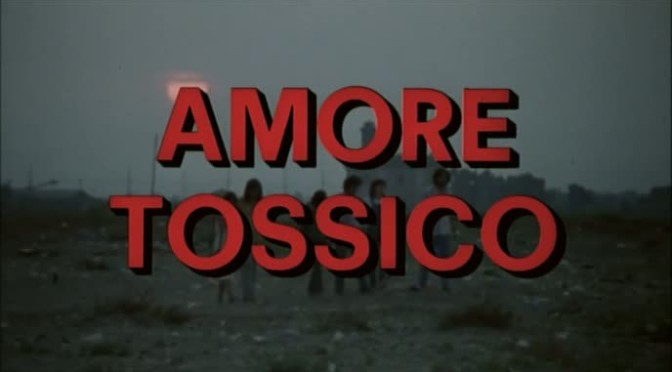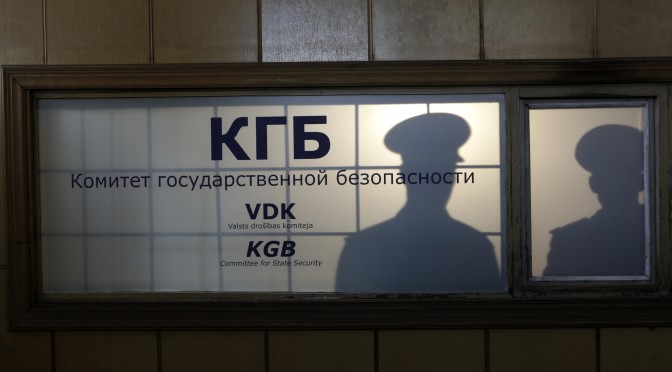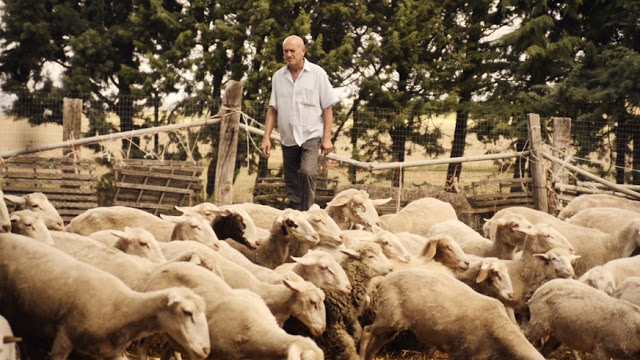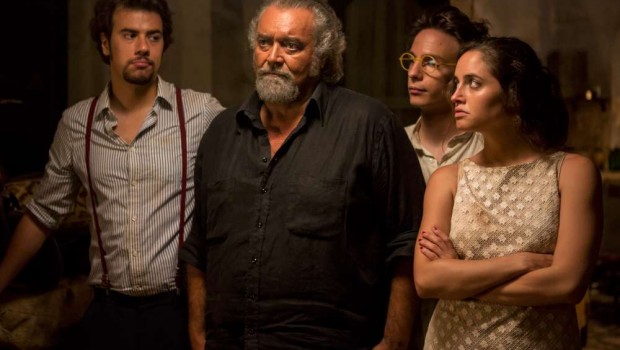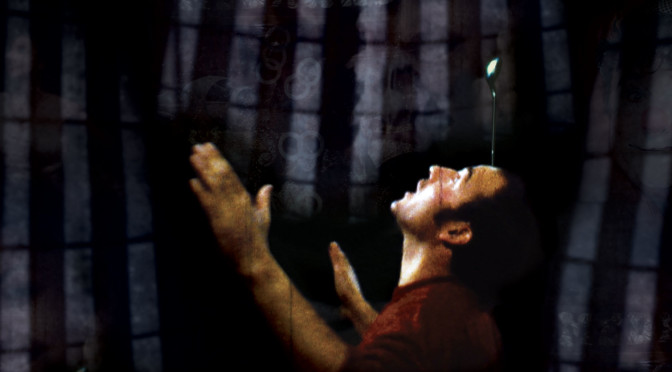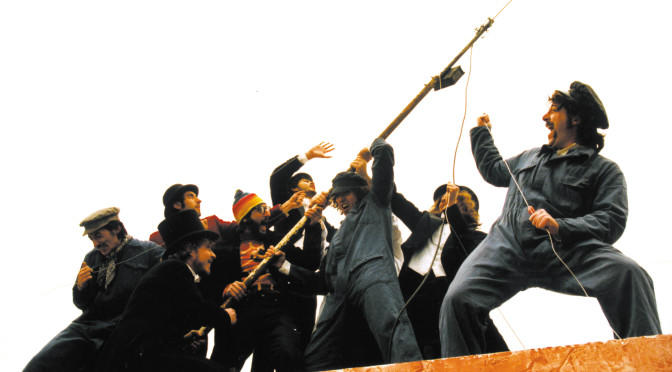Versione inglese a cura del Master in Traduzione per il Cinema, la Televisione e l’Editoria Multimediale
Article by: Giorgia Bertino
Translation by: Chiara Mutti, Giulia Epiro
Last but not least in the busy morning is the press conference with Gabriele Salvatores, guest director for the 34th edition of the TFF. He was inevitably asked about the Cinque Pezzi Facili, naming five films he chose to include in one of the sections of this year’s festival. His favorite feature, says the director, is undoubtedly Jules et Jim, both emotional and delicately evocative and also the loyal keeper of a young Salvatores’ memory, who from ordinary viewer became an aware cinéphile.
Continua la lettura di Press conference: Gabriele Salvatores and his Cinque Pezzi Facili

